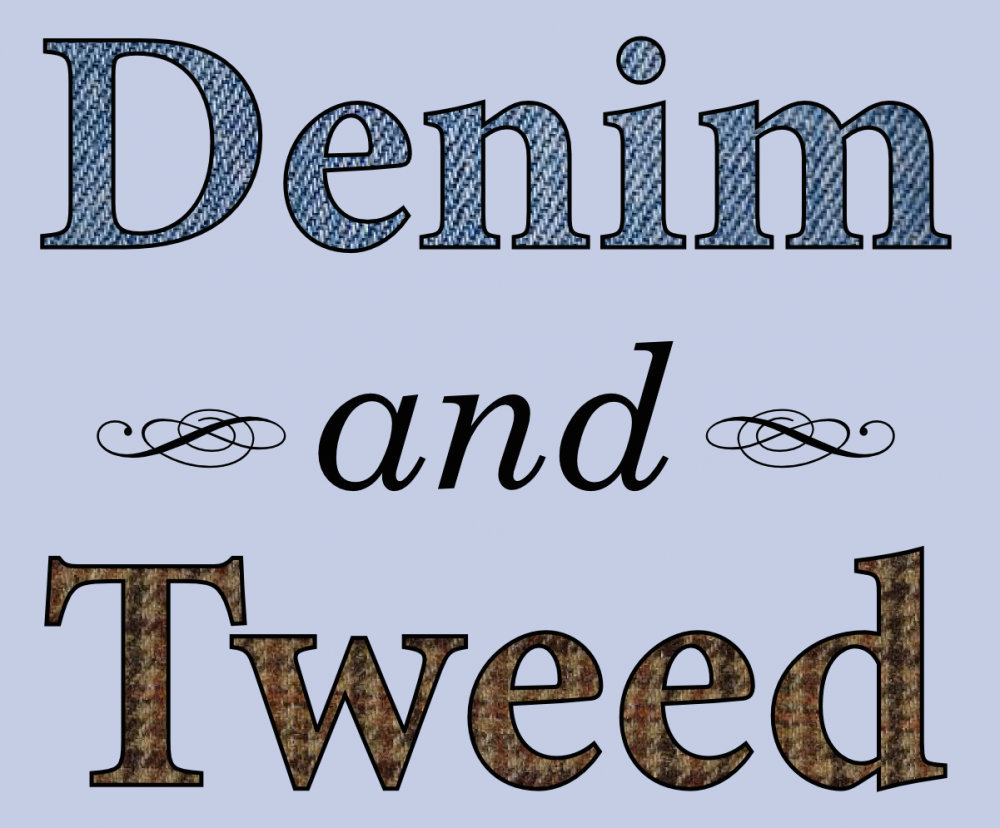My first marathon was last year’s Portland Marathon. Prior to 2009, I’d never run a race longer than five miles, but then that spring I let friends talk me into a half-marathon, and after running more than 13 miles, 26.2 suddenly didn’t seem quite so insane. Even so, training up for Portland was more than enough to make me realize that running what was (for me) a 3 hour-45 minute course is not really the same thing as running eight or nine 5k’s in a row.
Feed me!
I can make it through even a half-marathon on a good breakfast and carefully-judged pre-race hydration, but to go much longer I need more food (and water) mid-run. The long-term exercise involved in a long race is fueled by a combination of fat reserves and glycogen stored in the liver and muscle tissue. Glycogen is the more efficient fuel, so as exercise intensity increases, muscles draw on it more heavily.
If his muscles runs out of glycogen, a runner “hits the wall,” and may be forced to stop running altogether. I’ve done this a few times on long training runs, and it’s not pleasant—I’d end up all but walking the last couple painful miles. How long I can go before I hit the wall depends on my glycogen reserves, which in turn depend on the muscle mass in my legs—but it also depends on how fast I’m running, since glycogen use increases with effort. A computational study of the interactions between exercise intensity and glycogen consumption suggests that my first marathon time, 3:45, was close to the upper limit of glycogen consumption for a “trained endurance athlete”—and I probably don’t really qualify as “trained,” in the sense the study uses. So to survive a marathon, I have to take on supplementary energy mid-race, for which I will carry tubes of disgusting sugar syrup.
Continue reading

